Standing in slight contraposto, she holds Jesus in her left arm. The youthful face, framed by wide wavy locks, full of sweetness, with a broad forehead, straight nose and a smiling mouth.
Her head is surrounded by a crown that holds her veil covering her hair, while revealing the locks around the face.
Mary proudly carries the baby Jesus whose head as well as part of torso are missing, the child is dressed in a tunic, we can perceive his left foot emerging from the folds of the fabric.
She holds in her right hand a rod whose end has disappeared. It is undoubtedly a scepter in fleur-de-lis, the symbol of purity.
The virgin is dressed in a dress and a wide cloack which starts from her right shoulder and turns into an apron above the knees, revealing her waist underlined by a belt.
The movement of the cloack creates uneven drops of the sides of the side drapery. To the left under the infant Jesus, its piped folds descend richly in cascades. On the right is the flexion of the arm which creates a fall with wide and short folds.
The drapery game follows a well-established pattern of Ile de France iconography. On the front of the apron is animated with V-folds whose rounded point promotes flares and visually contributes to widening the silhouette. The deep, straight pleats at the bottom of the dress aim to balance the horizontal movement of the apron and reveal her pointed toe shoes. We can also guess through the fabric the right knee of the virgin which accentuates her swaying.
Thanks to the work in the round, we can admire the back of the sculpture which allows us to appreciate its short veil, as well as to better understand the arrangement of the drapes of its coat which also creates on its back the V-folds in below his waist and the way he goes up back wrapping the arms of the virgin.
Our artist, obviously anonymous, follows the typology of virgins from the areas of Ile de France and Champagne, inspired largely on the sculpture of the Virgin and Child, originally from the Church of Cernay-lès- Reims (Marne, France) and kept today at Cloisters in New York.
We can also compare our work with the Virgin and Child, sold at auction at Sotheby's (8/7/2011, lot n ° 5)
The general appearance and the rhythm of the drapes filling the silhouette allow us to locate our sculpture in the middle of the 14th century.
Height: 79 cm
Gothic period, mid-14th century, Ile de France, losses visibles on images
The head of the missing child is explained by the fact that during the revolution, many acts of vandalism were committed in order to remove the religious character from the sculptures. It is for this reason that many virgins with children while in good general condition no longer have the head of Jesus.




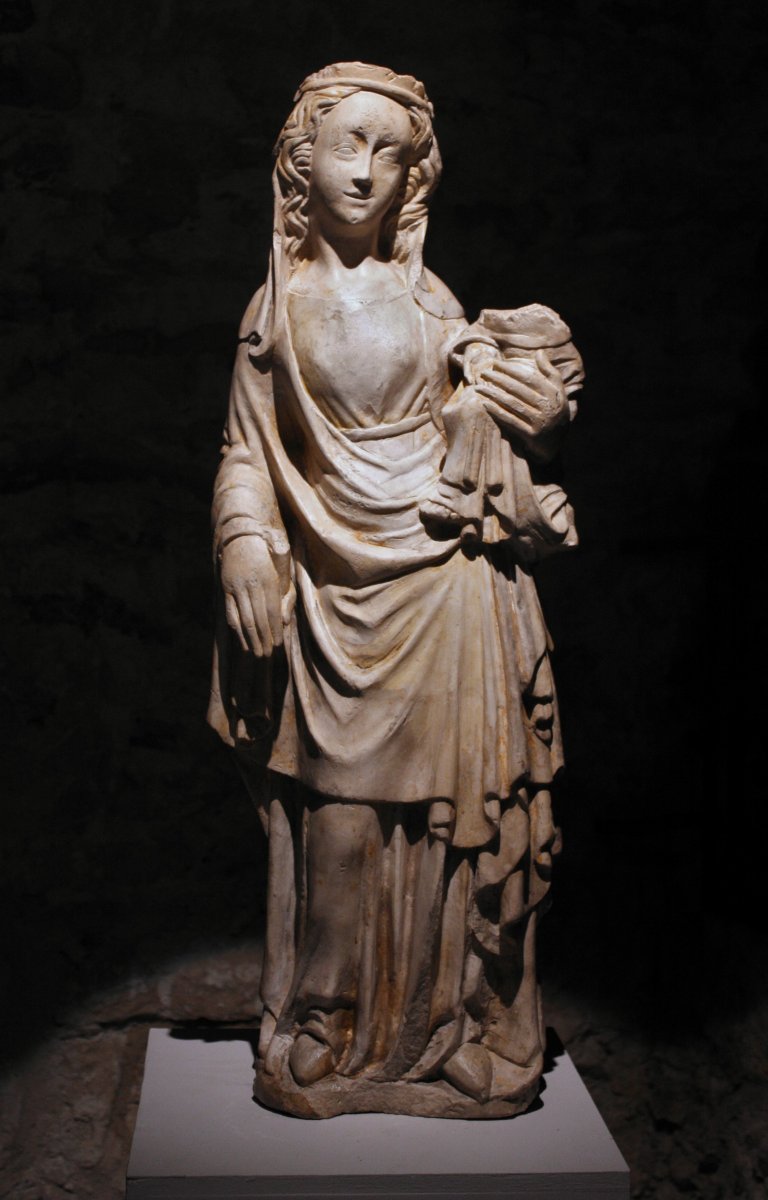




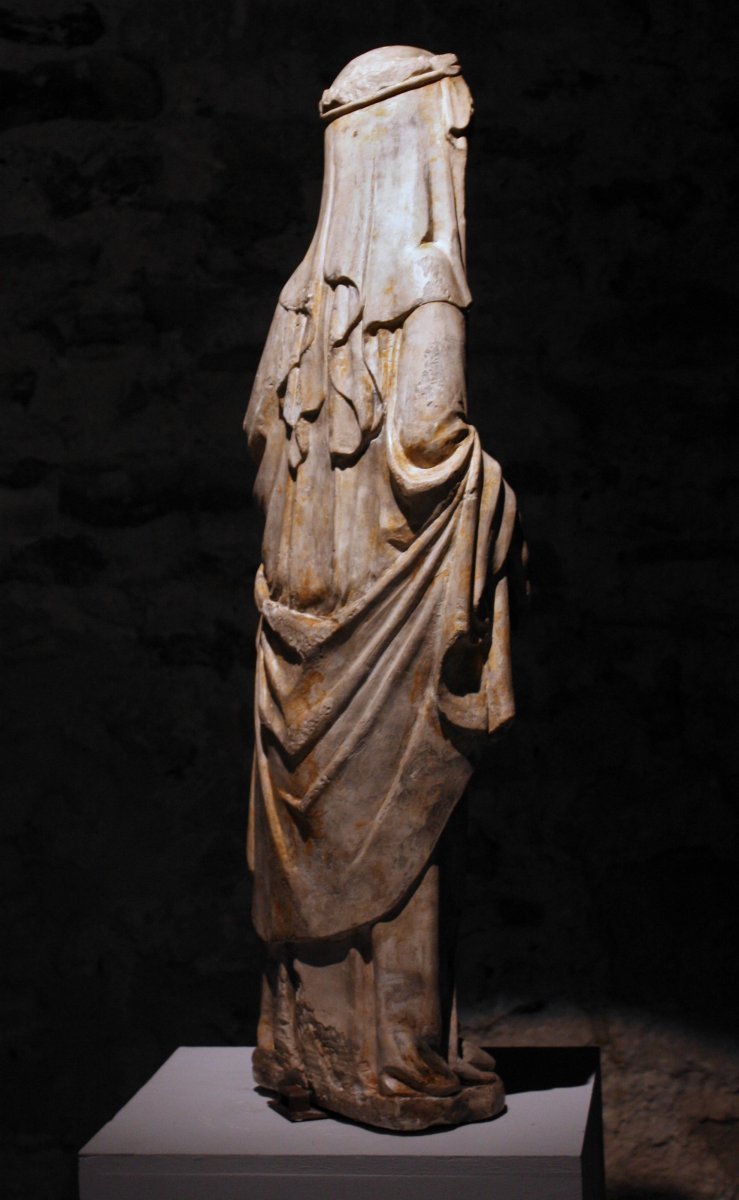


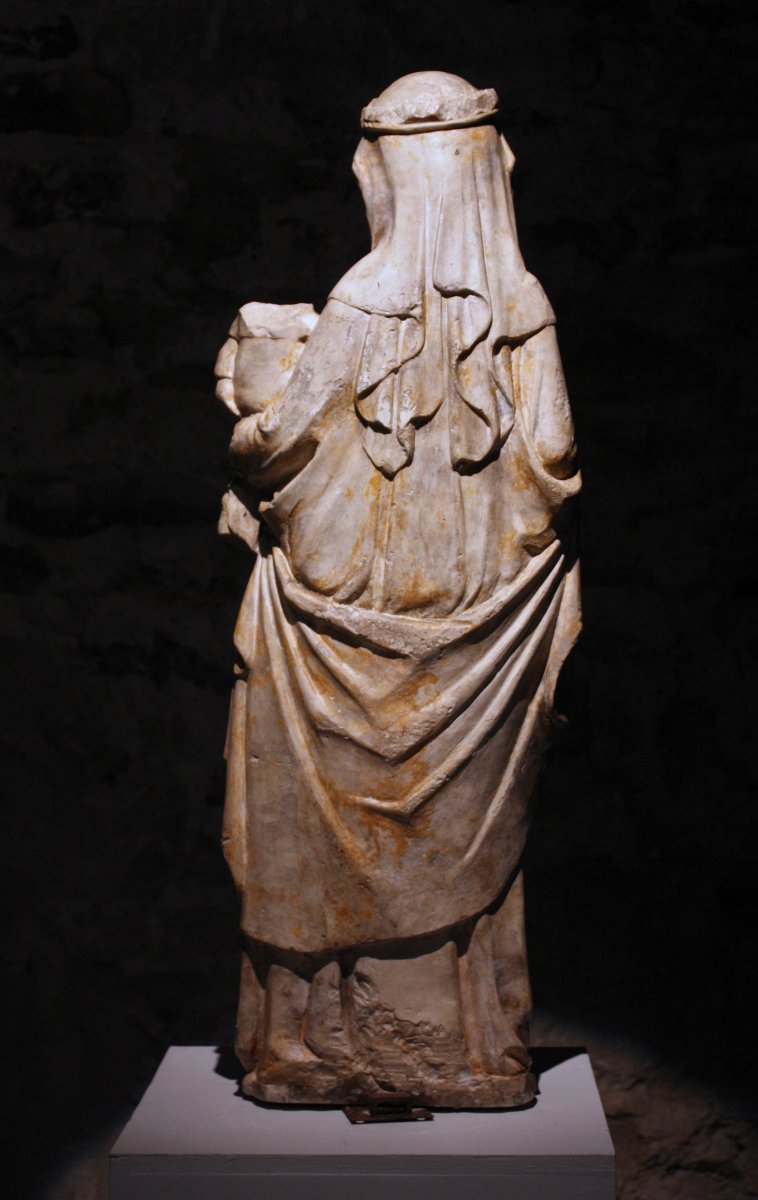



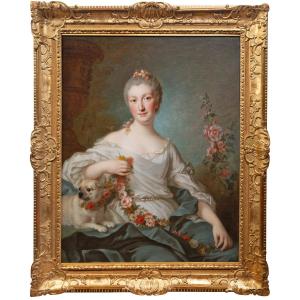




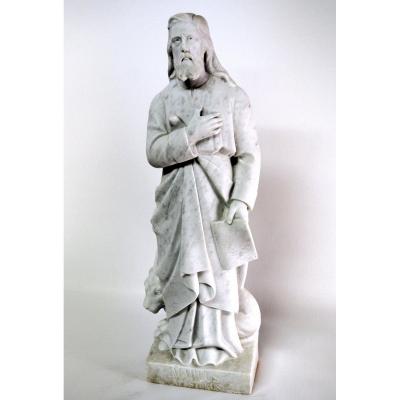

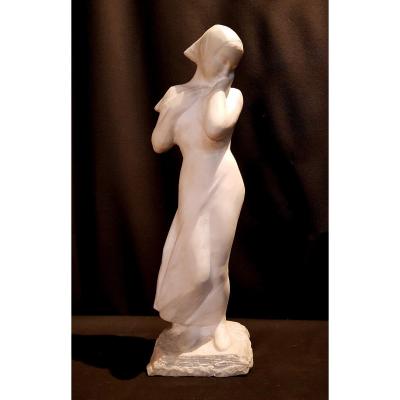

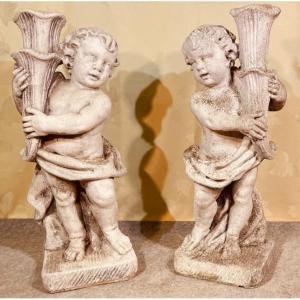
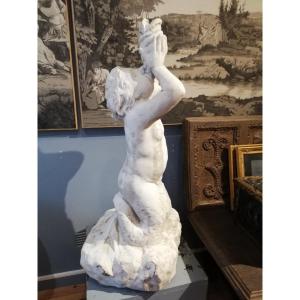




 Le Magazine de PROANTIC
Le Magazine de PROANTIC TRÉSORS Magazine
TRÉSORS Magazine Rivista Artiquariato
Rivista Artiquariato
